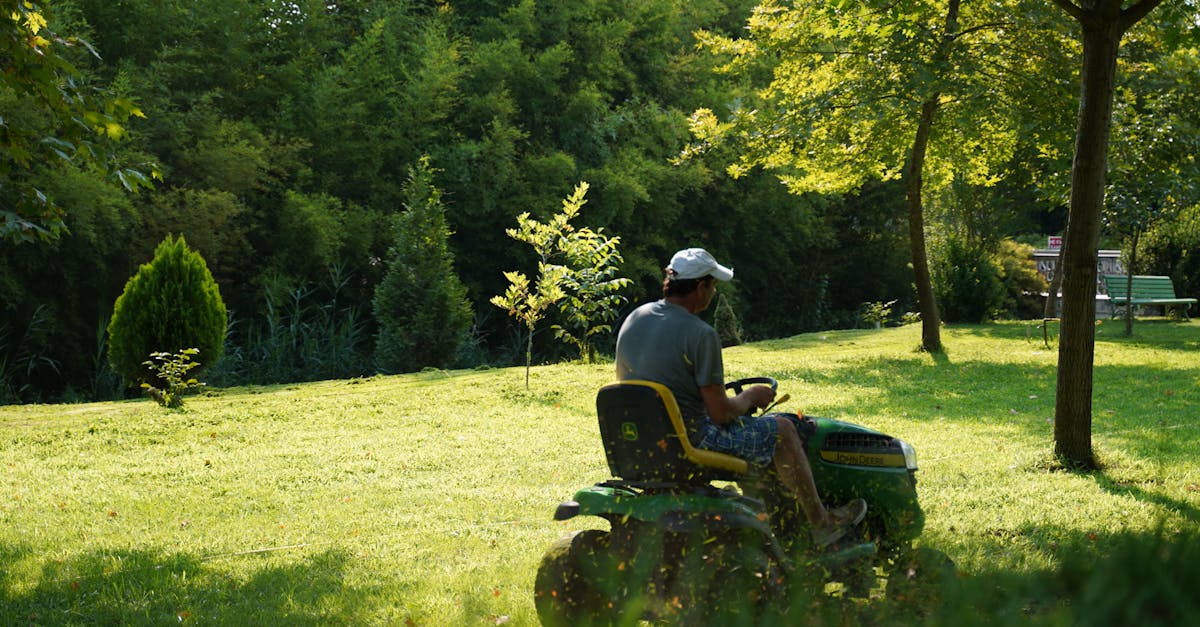
Yard Upkeep
Yard Upkeep
When it comes to achieving a lush and healthy lawn, understanding the importance of Lawn aeration and overseeding is crucial. This dual process not only enhances the overall health of your grass but also ensures that your yard remains vibrant throughout the seasons. Lawn aeration and overseeding work hand-in-hand to alleviate soil compaction, improve air circulation, and introduce new grass seed varieties that can thrive in your specific climate. By investing the time and effort into these practices, you can transform your yard into a stunning landscape where your family can enjoy outdoor activities.
Incorporating lawn aeration and overseeding into your regular yard upkeep routine can dramatically change the appearance of your turf. Aeration creates small holes in the soil, allowing nutrients, water, and oxygen to reach deep into the root system. Following up with overseeding ensures that bare patches are filled, and your grass receives a fresh supply of seeds. This combination not only promotes healthier growth but also helps to prevent the onset of weeds and diseases. By prioritizing lawn aeration and overseeding, you pave the way for a vibrant and resilient lawn that can withstand the challenges of the changing seasons.
Hydration Techniques for Vibrant Lawn
Implementing efficient watering strategies is key for maintaining an lush yard. This includes recognizing the demands for the grass according to elements including climate, type of soil, and grass variety. Deep watering once a week is generally advised since it promotes enhanced root development.
Furthermore, the timing of watering plays a significant role in effective yard upkeep. Irrigating at dawn is the best option to reduce water loss and help the lawn to take in hydration efficiently. Using soaker hoses that provide a gentle application of water may assist keep the moisture in the soil while avoiding runoff. Keeping an eye on weather conditions furthermore helps that you water the yard in a timely manner.
Tips on Efficient Watering Strategies
Efficient irrigation is a key aspect in maintaining a healthy lawn. Grasping the volume needed for water your turf needs is vital. This can be recommended to irrigate early in the morning when the sun are cooler. This allows moisture to infiltrate deeply into the soil rather than evaporating in the heat of the day.
Moreover, utilizing smart irrigation techniques can help reduce water while promoting a lush lawn. Consider using a soaker hose or drip irrigation system to deliver water directly to the roots while minimizing excess water usage. Monitoring soil moisture can also help determine when it is time to irrigate again. With applying these guidelines, you can guarantee a healthy and thriving lawn.
Finding the Best Grass Breed to Fit The Climate
Selecting the appropriate grass type often is important for a lush garden. Various grass types perform best under specific environmental circumstances. For example, temperate types like perennial ryegrass grow well in northern regions, while hot-season types like Zoysia thrive in hotter climates. Recognizing your local environment serves as a key factor when making a choice which grass type to use.
Once you have a grasp on your environment, the next phase is to think about other elements that can influence your grass choice. Ground type, sun exposure, and water availability all have a role in how well a certain grass type will grow. For example, if you have poor soil, you might want to opt for grass varieties that are more tolerant to those conditions. Also, if your lawn receives full sun, selecting a grass that requires sunlight will help guarantee a more healthy landscape.
Things to Think About for Selecting a Turf Variety
Selecting a appropriate lawn breed can be important for obtaining an vibrant landscape. Things to think about involve the climate elements in your specific region. Warm-season varieties perform well in sunny weather, whereas cool season does more effectively during temperate seasons.
Another consideration is the lawn's purpose. Heavily used require hardier turf which are able to tolerate wear and tear. Additionally, the type of soil as well as light conditions must be assessed to make sure the selected grass can flourish in your environment.
Organic Yard Practices for Earth-Friendly Gardeners
Maintaining your yard in an eco-friendly approach not only aid the environment, but supports the well-being of your grass. Adopting natural fertilizers as well as weeding strategies which are safe for the people and non-target species is a fantastic decision for those looking to reduce their environmental impact.
Implementing eco-friendly practices such as the use of compost clippings as mulch as well as putting in indigenous plants can enhance the health of your yard's aesthetic while protecting native species. Selecting native turf that demand less water and that are more tough against environmental climates serves as a effective way to secure a lush yard without unnecessary resource use.
Benefits to Choosing Organic for Your Grass
Opting for sustainable approaches for your grass delivers countless reasons. A primary reason is the positive impact on the surroundings. Organic lawn care minimizes the use of harmful chemicals that can contaminate soil and negatively affect local wildlife. By implementing these practices, you contribute to a healthier planet while enjoying a lush and vibrant grass.
A further reason of going eco-friendly lawn care is enhanced soil health. Organic fertilizers foster the growth of beneficial microorganisms in the ground, leading to increased nutrient availability for your yard. Healthier soil results in more drought resistance and lowered susceptibility to pests and diseases. In the end, choosing sustainable does not only beneficial for the environment but also creates a thriving and resilient grass.